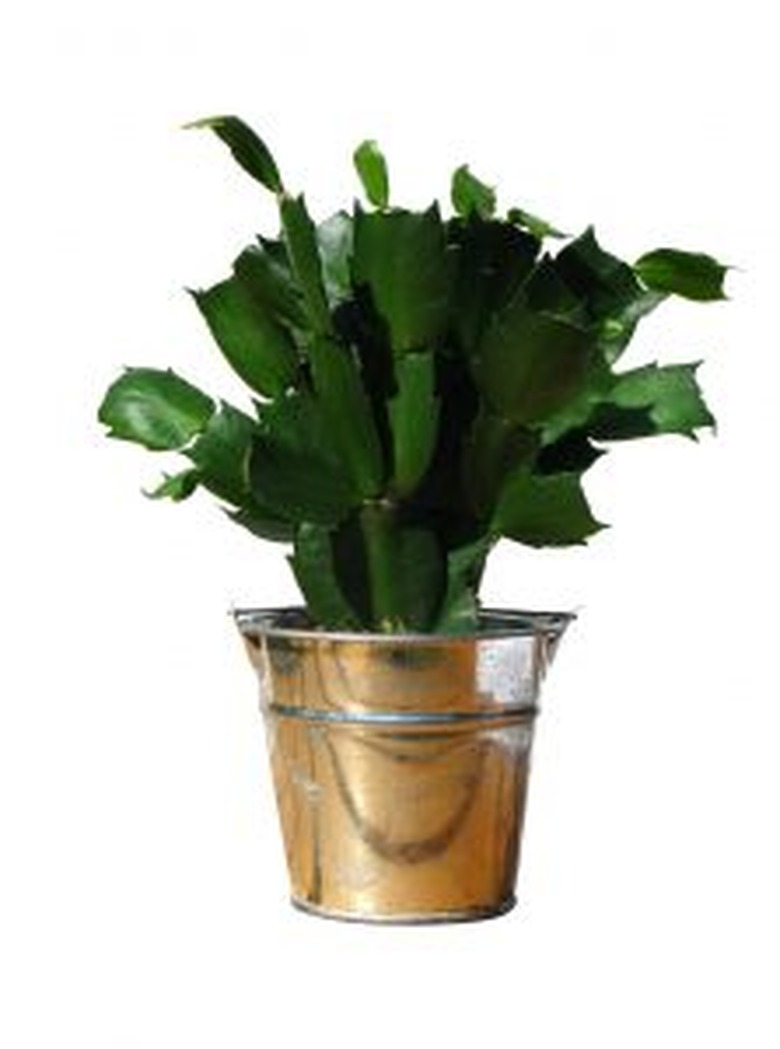How To Transplant Potted Plants
Things Needed
- Container
- Pebbles
- Clay shards
- Soil
- Knife
Tip
Remove any dead or damaged leaves before transplanting to help the plant focus on hydrating its healthy leaves; this may prevent transplant shock. Water the plant thoroughly the day before transplanting to help loosen the root ball and make it easier to remove the plant.
Warning
Do not fertilize the plant for at least two months after transplanting. Never transplant a plant that is about to or already flowering.
Transplanting potted plants periodically ensures healthy plant growth. As the plants grow they become root bound. The roots fill up the pot and become a tangled ball that severely limits their ability to absorb moisture and nutrients from the soil. Repotting plants into larger pots gives the roots room to spread and soak up what they need to continue to grow. Following the correct timing and procedure ensures your plant will flourish in its new container.
Step 1
Plan to transplant after the plant has flowered or produced fruit depending on the variety. Look for signs that the plant needs a larger pot such as roots growing from the drainage holes or the root ball beginning to lift from the soil surface.
- Transplanting potted plants periodically ensures healthy plant growth.
- The roots fill up the pot and become a tangled ball that severely limits their ability to absorb moisture and nutrients from the soil.
Step 2
Prepare the new pot. Choose a container 2 inches larger than the existing pot. Place clay shards over the drainage holes or place 1 inch of pebbles in the bottom of pots without drainage holes.
Step 3
Add 1 inch of potting soil on top of the pebbles or clay shards.
Step 4
Remove the plant from its old pot. Squeeze the sides of the pot if it is flexible to loosen the soil. Grasp the plant by its center stem near the soil and tap the pot on all sides if it is not flexible. While still grasping the stem, gently pull the plant and root ball from the pot.
- Choose a container 2 inches larger than the existing pot.
- Squeeze the sides of the pot if it is flexible to loosen the soil.
Step 5
Loosen the root ball with your fingers. Use a knife to lightly score the roots from top to bottom if they are too tight to adequately loosen with your fingers.
Step 6
Set the plant into the new pot and fill with potting soil around the roots. Cover the top of the root ball with ¼ inch of soil. Gently tamp the soil down in the pot, but avoid packing it tightly.
Step 7
Water thoroughly until the water runs out from the drainage holes. Keep the soil moist while the plant is adjusting to its new pot.
- Loosen the root ball with your fingers.
- Cover the top of the root ball with ¼ inch of soil.
